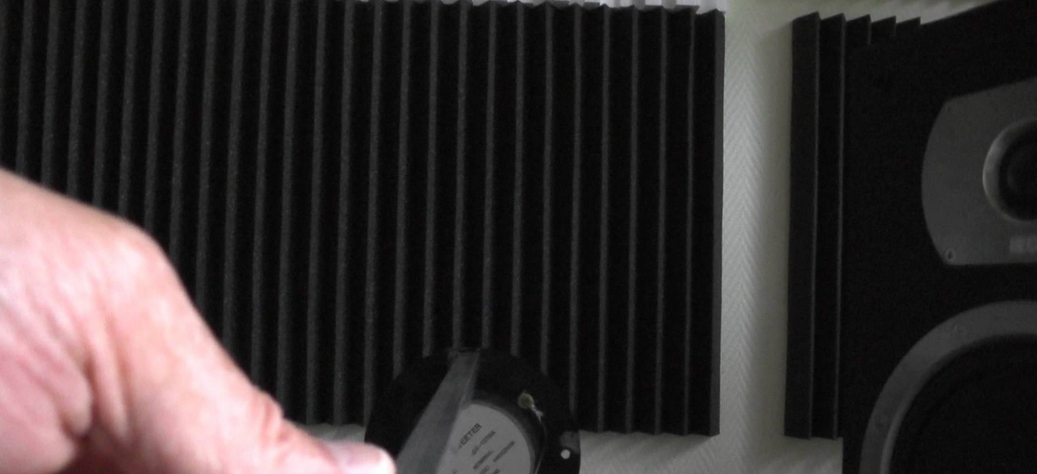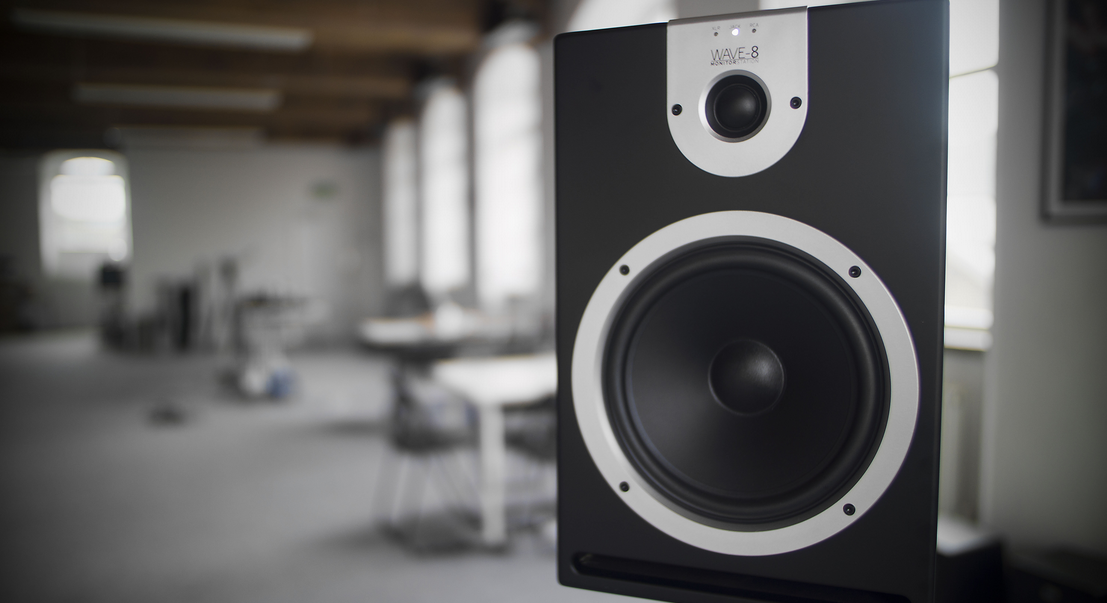In the mid field monitors review on my previous article, I briefly mention the difference near field and mid filed monitors. However, there is actually more details when you compare the two types of studio monitors. I will elaborate them in this article.
Technical comparison
Here is where I go into more technical explanation of the difference between the two types of studio monitors.
- Design difference: Most mid field monitors have 3 speakers and a bigger cabinet. They will create the sound that is strong enough to reach you who might standing further away. This combination design is such that there is minimal overlap until the sounds traveled for a distance. If you stand too close, there isn’t enough distance for the sound to reach an ideal combination stage. Result? You will not be able to near the details well. Hence, most mid field monitors do not sound well when you place your ears very close to them. In addition, mid field monitors need to take into account the off axis or rebound sounds. This is due to the fact that off axis sounds contribute more to the listening experience when you are not near the speakers. They must be set up such that there is very little lag between the off axis sounds. If not, the human ear can pick up the disconnectedness very easily.
- Loudness: This is an obvious difference since the sounds will be louder to reach a longer distance. However, it is not the most important distinction as near field monitors can be pretty loud as well with certain set ups.
- Number of speakers: Near field monitors usually have only 2 ways speakers since you don’t need them to spread the music across the room. That being said, there are some near field monitors which have 3 ways speakers. In contrast, all mid field monitors have at least 3 way speakers.
- Size of speakers: Related to the loudness is the size of the speakers. Mid field monitors have bigger speakers for the wider projection. Getting near to it wouldn’t be ideal. This is because you are not at the correct height or distance for the sound to travel to you in the most optimize way. A gearslutz member said it the best when he says it is like standing too close to a movie theater screen. You wouldn’t be able to see all of the movie due to the projection size. Similarly, you wouldn’t see all the details when you stand too close to a big speaker.
Can you turn near field into mid field monitors?
Some of you might be wondering about turning near field monitors for mid field use by extending them further apart. Unfortunately, it doesn’t work so simply. The near field monitors would have already sound fields that are more likely to overlap over longer distance. Hence, placing them further apart actually makes the overlap problem worse off.
In addition, near field monitors are not design for off axis sounds as mentioned above. Hence, placing them apart will actually make them sound off with all the off axis music not balancing well with one another.
Which one is for me?
For recording purposes, we usually used near field monitors. In such a session, you are listening very attentive to all the nuisances.
If you want something for living room listening or just projecting to a larger crowd or place, mid field monitors will work pretty well.



